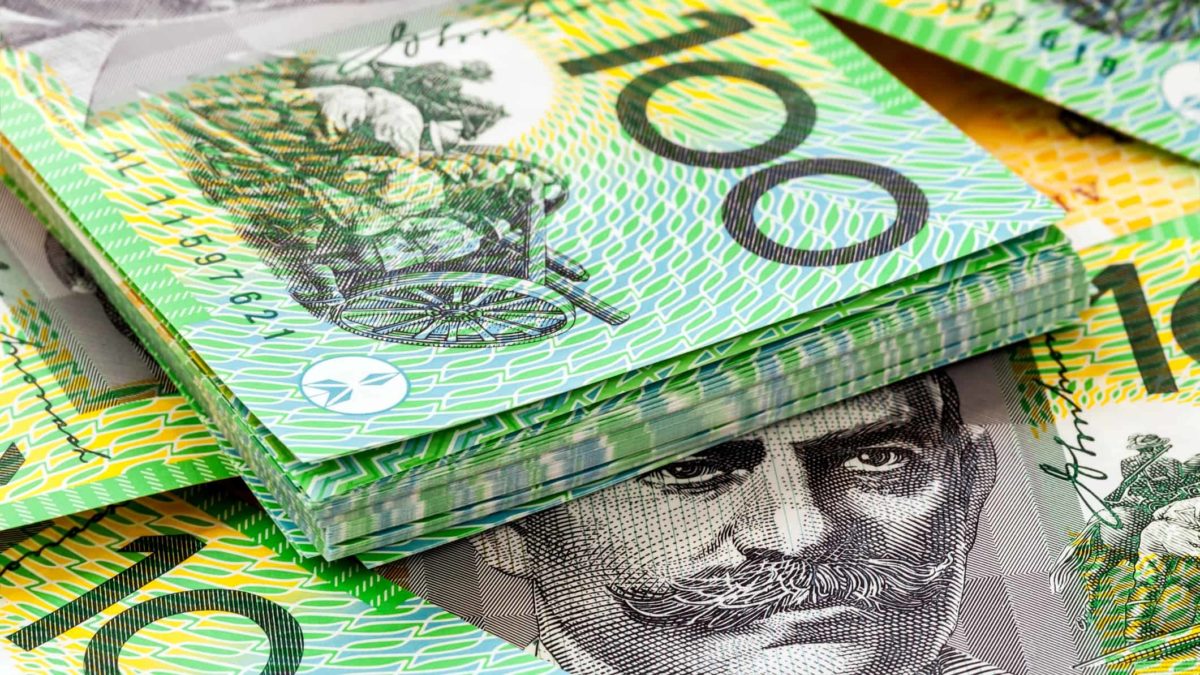Finding shares with a dividend yield over 10% requires looking in a few odd places and sometimes making a few sacrifices. Income investing requires a bit more initial capital and a bit more time.
The practice of dividend harvesting is still popular; where you buy high-yielding shares prior to the ex-dividend date and then sell them off again shortly afterwards. However, I personally have found that to be fraught with risks.
The truly great income investing opportunities were around 23 March when the market bottomed out. But there are still very good investments available if you look for them.
High-confidence dividend yield, short duration
Orora Ltd (ASX: ORA) goes ex-dividend on 19 June. At Wednesday's closing price it would produce a special dividend payout of 13.6%. Moreover, the company also received a windfall from the sale of one of its businesses. This means it is going to distribute an additional payment to shareholders. At yesterday's closing price this means a total payment of 18.1% to be paid on 29 June.
Orora has consistently grown its dividend by about 13.8% over the past 6 years. While this is a special dividend, the company's current low share price increases the yield of future payments. The Orora share price is down by 12.9% YTD.
Out-of-favour shares
Yancoal Australia Ltd (ASX: YAL) is one of those shares that some people may well refuse to own. Despite this, it is a very well run company and has positioned itself for further production growth. It currently trades at a very low price-to-earnings ratio of 3.95. Its present twelve-month trailing dividend is 14.68%. Which is an almighty yield from a company worth $2.8 billion.
The company has only been paying dividends for the past 2 years. However, its policy statement reads "…Yancoal will target a dividend payout of (A) 50% of net profit after tax (pre-Abnormal Items); or (B) 50% of the free cash flow (pre-Abnormal Items), whichever is higher."
Foolish takeaway
Presuming you split $5,000 evenly between these two options, and that the Yancoal dividend remained the same or higher, the return would be at least $818 (16.4%) a year from now.









